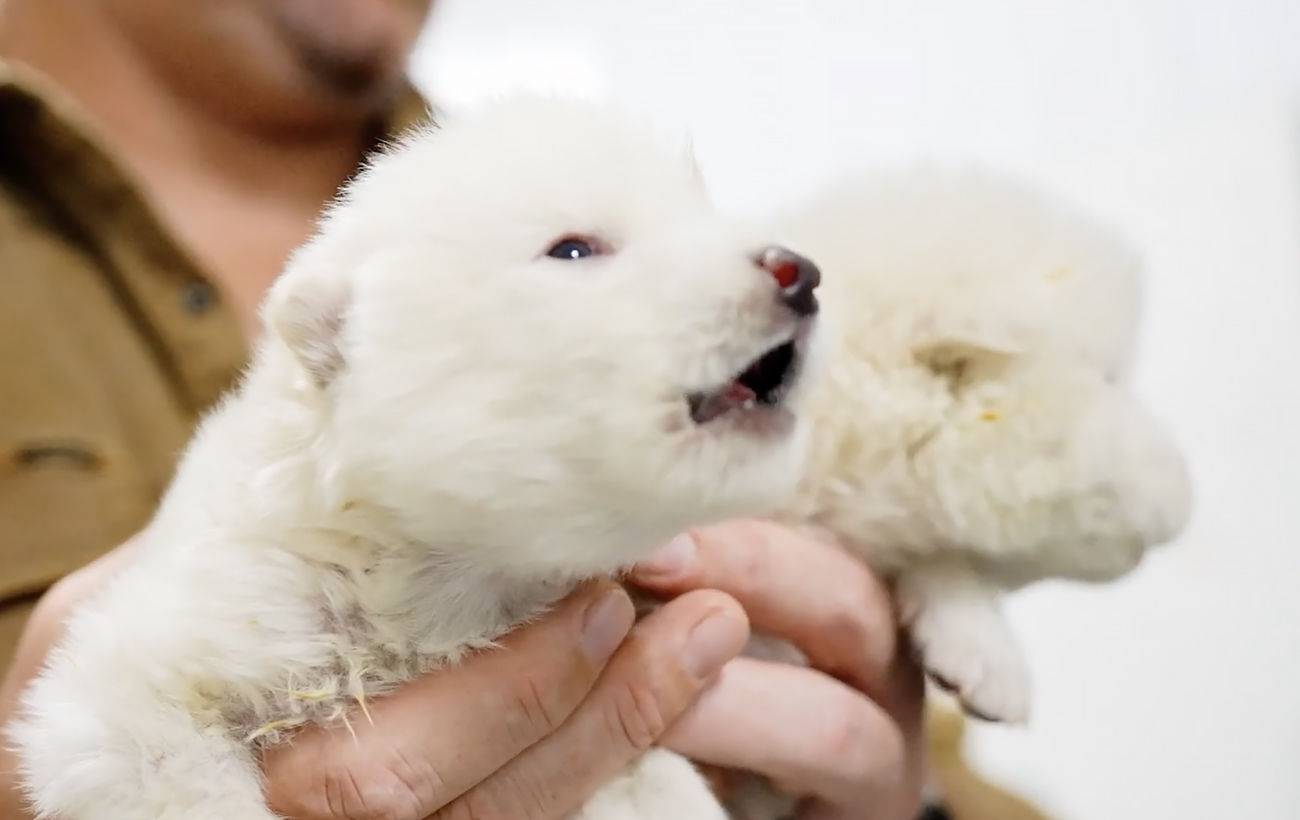Dire wolf revived after 12,500 years thanks to cloning technology (photo)
 Dire wolf brought back after 12,500 years (Illustrative photo: Getty Images)
Dire wolf brought back after 12,500 years (Illustrative photo: Getty Images)
Scientists from the Dallas-based biotech company Colossal Biosciences have managed to bring the dire wolf back to life after 12,500 years of extinction, CNN reports.
Dire wolf returns: Ancient predator revived through cloning
Colossal Biosciences announced that they have successfully created three dire wolf pups using ancient DNA, cloning, and gene-editing technologies.
 Back from the past: dire wolf pair in their snowy habitat (Photo: https://time.com)
Back from the past: dire wolf pair in their snowy habitat (Photo: https://time.com)
The team used the DNA of the gray wolf, the closest living relative of the extinct dire wolf (Aenocyon dirus), to engineer a hybrid species that closely resembles the prehistoric predator.
Dire wolves were once dominant predators in North America, larger and more robust than modern gray wolves. These ancient canines had broader heads, thicker fur, and powerful jaws.
Inspired by the legendary wolves portrayed in the HBO series Game of Thrones, scientists aimed to recreate the dire wolf's unique traits by analyzing DNA extracted from a 13,000-year-old tooth and a 72,000-year-old skull.
Ben Lamm, cofounder and CEO of Colossal, called the achievement a major milestone: "This successful project demonstrates the effectiveness of our de-extinction technology."
The pups are now housed on a secure 2,000-acre site, equipped with 10-foot-high fencing and monitored by drones and live cameras. The site is certified by the American Humane Society, emphasizing the company’s commitment to ethical animal care.
Scientific challenges and ethical debates
To achieve the resurrection, the team used CRISPR gene editing to modify gray wolf cells, introducing key traits from the dire wolf genome.
The edited cells were then cloned and implanted into surrogate mothers - large, mixed-breed domestic dogs. Two male pups were born in October 2024, followed by a female in January 2025.
 Dire wolf pups (Photo: https://time.com/)
Dire wolf pups (Photo: https://time.com/)
However, not all experts are convinced. Some scientists question whether these pups can be considered true dire wolves, as they are genetically 99.9% gray wolf.
Love Dalén, an evolutionary genomics professor and advisor to Colossal, noted that while the animals resemble dire wolves, debates will continue over how many genetic changes are necessary to classify the species as resurrected.
Environmental ethicists also question the practicality of bringing the dire wolf back. Christopher Preston, a professor at the University of Montana, pointed out that maintaining even gray wolf populations is already a challenge in many areas.
"It’s difficult to imagine how dire wolves could be reintegrated into today’s ecosystems," he commented.
Future perspectives
Colossal Biosciences hopes to leverage the same technologies to aid conservation efforts.
The company has already cloned two litters of critically endangered red wolves, using techniques refined during the dire wolf project. Colossal also continues its work on resurrecting other extinct species, including the mammoth and Tasmanian tiger.
While the return of the dire wolf has sparked both excitement and controversy, the achievement undeniably marks a new chapter in genetic engineering and de-extinction research.

